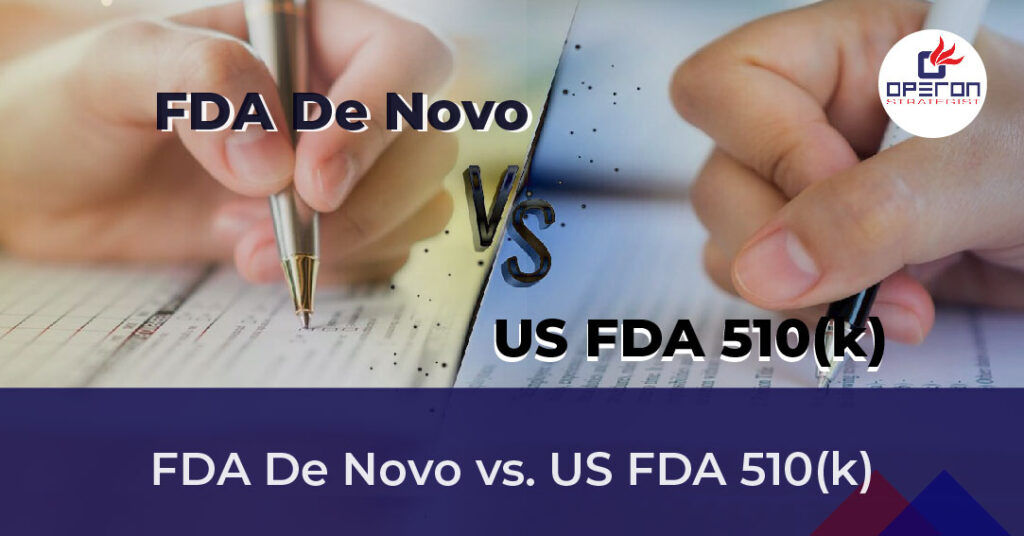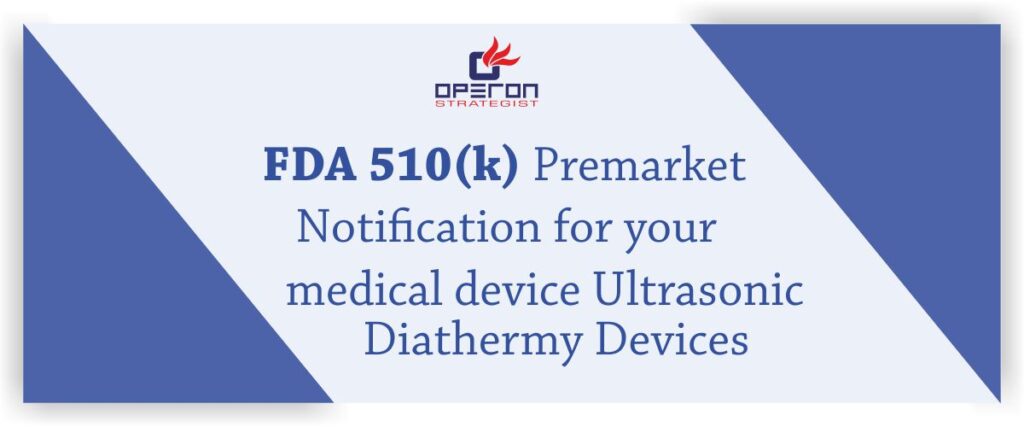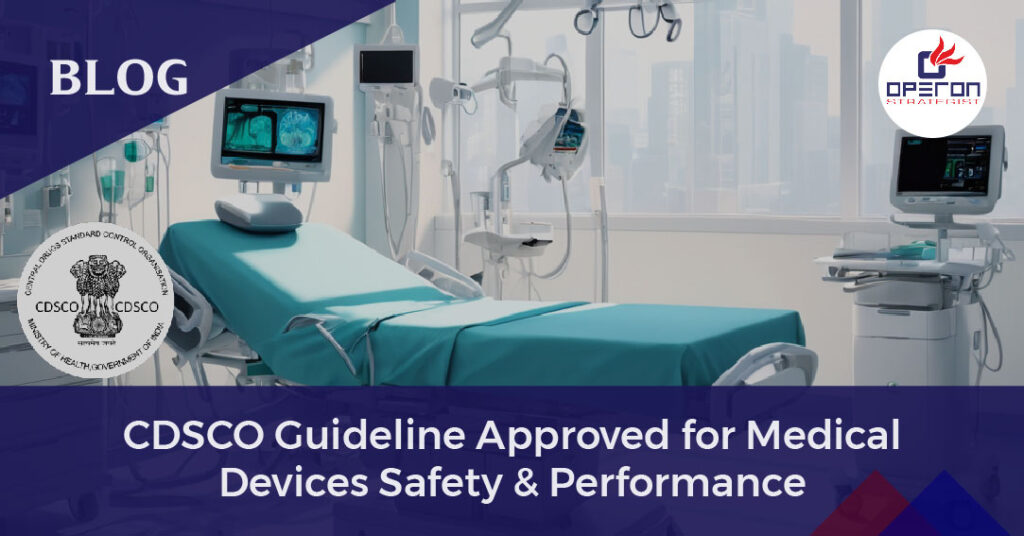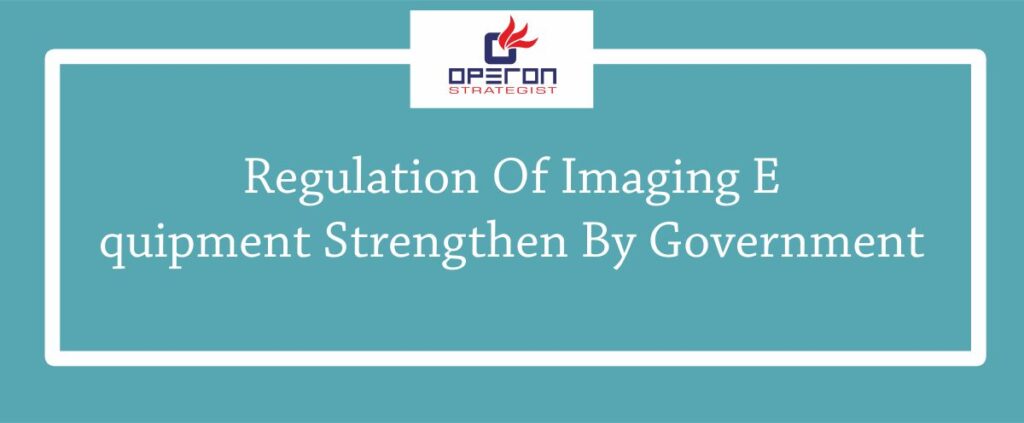Understanding the De Novo and US FDA 510(k) Pathways
With the rise of AI-enabled medical devices/IVDs, one question is becoming more common:
“What is the difference between a De Novo and a US FDA 510(k) submission?”
A common misconception is that every novel device automatically qualifies for the De Novo pathway. However, the predicate device plays a key role in determining the regulatory route. Let’s break it down.
What is a US FDA 510(k)?
A US FDA 510(k) submission is used when a new device is substantially equivalent to an existing legally marketed device (predicate). Manufacturers must demonstrate:
- The device has the same intended use as the predicate.
- The device has similar technological characteristics or, if different, does not raise new safety concerns.
- Performance data proving equivalency.
If the US FDA determines substantial equivalence, the device is cleared for market entry.
Looking For a Medical Device Regulatory Consultant?
What is FDA De Novo?
A De Novo submission is required when no viable predicate exists for a new device, but general and special controls can assure safety and effectiveness.
Key Requirements for a De Novo Submission:
- General controls (or general + special controls) must provide a reasonable assurance of safety and effectiveness.
- No valid predicate device exists for substantial equivalence.
Unlike US FDA 510(k), the De Novo process establishes a new regulatory classification (Class I or II) for future similar devices.
Key Differences Between US FDA 510(k) and De Novo
Criteria | US FDA 510(k) | De Novo |
Predicate Device | Required | Not Required |
Review Timeline | ~90 days | ~150 days |
US FDA User Fees | Lower (~$21,870) | Higher (~$145,800) |
Documentation | Less complex | More extensive (including benefit-risk analysis) |
Market Access | Faster | Longer but establishes a new classification |
Example: If you are developing an AI-powered diagnostic tool with no equivalent device, a De Novo submission may be required.
When Should You Choose the De Novo Pathway?
Your medical devices/IVDs should go through the De Novo process if: ✅ No existing device can serve as a predicate.
✅ The device does not qualify for PMA (Class III, high-risk devices).
✅ General and special controls are sufficient for ensuring safety and effectiveness.
✅ You need to establish a new device classification for similar future devices.
📌 Important Considerations:
- De Novo submissions require detailed benefit-risk analysis.
- Extensive justification for proposed classification (Class I or II).
- Additional testing requirements compared to US FDA 510(k).
Final Thoughts
Selecting the right US FDA regulatory pathway is crucial for medical device manufacturers. While a US FDA 510(k) is faster and cheaper, the De Novo pathway is essential for truly innovative devices without a predicate.
💡 Still Unsure Which Pathway to Choose?
Need Expert Guidance?
Operon Strategist specializes in medical device regulatory consulting. We help manufacturers navigate the complexities of US FDA 510(k), De Novo, and PMA submissions for a smooth market entry.
FAQs
Is a De Novo submission required for all novel devices?
No. If a novel device has a valid predicate, it may still qualify for a US FDA 510(k) submission.How long does the De Novo process take?
The US FDA review timeline for De Novo is 150 days, compared to 90 days for a US FDA 510(k).Can a device with AI capabilities go through US FDA 510(k)?
Yes, if there is a substantially equivalent predicate device. Otherwise, De Novo or PMA may be required.
- adminhttps://operonstrategist.com/author/admin-2/
- adminhttps://operonstrategist.com/author/admin-2/
- adminhttps://operonstrategist.com/author/admin-2/
- adminhttps://operonstrategist.com/author/admin-2/




